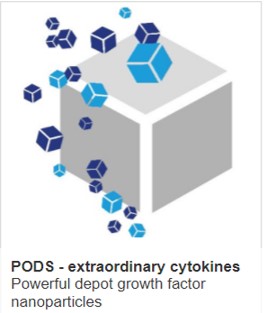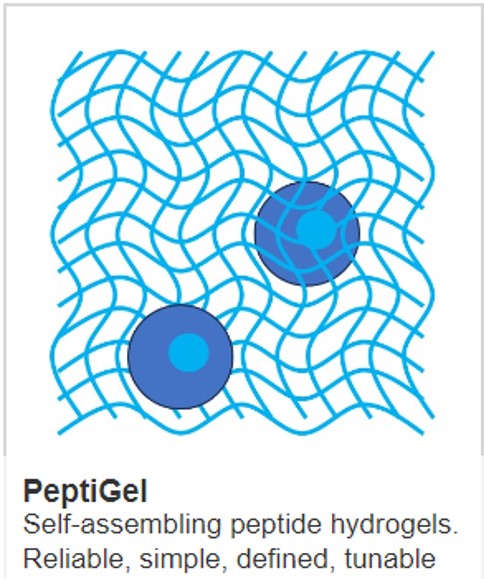Lithocholic acid or Clostridioides: Easier ways to live longer?

Calorie restriction (CR) has long been recognized to increase both health span (the duration of healthy life) and lifespan in a wide range of organisms, including primates, mice, fruit flies, nematodes, and yeast. This phenomenon has led to the development of a range of diets for humans that are based on reduced calorie intake. These diets seek to increase healthspans and lifespans of humans too. However, with a high level of self-control required to follow reduced calorie intake and intermittent fasting, CR mimetic dietary supplements and pharmaceutical drugs have gained in popularity. Recent papers published in Nature have pointed to a novel approach involving a dietary supplement that targets a protein called AMP-activated protein kinase (AMPK).
A target for CR mimetics
The AMPK protein, which is highly conserved across eukaryotes, is well known as a key energy regulator. When cellular energy input is low, such as during CR, the AMPK protein is activated resulting in a physiological response that increases energy production, in the form of adenosine triphosphate (ATP, a cellular store of energy) and decreases ATP consumption.
AMPK regulates multiple signaling and transcription pathways that are known to promote longevity, including pathways that include the rapamycin complex 1 (TORC1), and cAMP-responsive element-binding protein (CREB)-regulated transcriptional coactivators (CRTCs). AMPK also increases nicotinamide adenine dinucleotide (NAD+) levels, resulting in the activation of NAD+-dependent deacetylases known as Sirtuins.
A bile acid can activate AMPK
In a recently reported study, Qu and colleagues demonstrated that serum prepared from mice subjected to CR (70% of the calories fed to the control mice) could stimulate AMPK activity in cultured cells, whereas the serum prepared from the age-matched control mice, did not. Heat treated CR serum retained the ability to activate AMPK, whereas dialysed CR serum did not, indicating that a heat-stable, low-molecular-weight metabolite was responsible. Metabolomics analyses identified 695 metabolites that were significantly altered in CR serum compared to control serum. Further screening identified six AMPK-activating metabolites that were increased after CR, however only one, a bile acid called lithocholic acid (LCA), activated AMPK at a concentration comparable to that detected in CR serum (1 mM).
In a subsequent paper the team identified the mechanism of how LCA activates AMPK. LCA in the serum is taken up by cells and binds the TUB-like protein 3 (TULP3). The LCA-TULP3 complex then activates Sirtuins, resulting in the deacetylation and inhibition of the lysosomal vacuolar H+ATPase. This in turn initiates the recruitment of an AMPK activating kinase, liver kinase B1, resulting in the activation of AMPK.

Active and inactive AMPK. CREDIT
LCA alone can recapitulate the beneficial effects of CR on healthspan and lifespan
Administration of LCA to aged mice fed a normal diet, improved many aspects of muscle health and performance when compared to the control aged mice. LCA treatment increased the levels of oxidative muscle fibres, decreased the levels of glycolytic fibres, reduced muscle atrophy and accelerated muscle regeneration. Furthermore, there was no accelerated loss of muscle in LCA fed mice, which is an adverse effect of CR. Consistent with these improvements in muscle health, running distance, duration and grip strength were all increased in the LCA-treated mice.
LCA also extended the lifespans of nematodes and fruit flies, but in mice fed with LCA, there was a consistent, but not significant increase in lifespan. Overall, the studies demonstrates that LCA mimics the anti-ageing effects of CR in nematodes, fruit flies and mice.
LCA is synthesized by the gut microbiome
LCA is synthesized from the bile acids cholic acid (CA) and chenodeoxycholic acid (CDCA) that are secreted from the liver into the intestine. The serum levels of CA and CDCA are increased in response to CR, however they do not activate AMPK. The conversion of CA and CDCA to LCA is catalysed by enzymes that are only present in specific bacteria in the gut microbiome, namely Lactobacillus, Chlostridium and Eubacterium. This raises the interesting possibility, as discussed by the researchers that the increase in LCA during CR might be the consequence of changes in the gut microbiome.
LCA and healthy ageing in humans
Elevated levels of LCA have been measured in healthy centenarians, who also contain high levels of Clostridioides in their gut microbiome. This suggests that LCA might have anti-ageing effects in humans, however, it remains to be seen if LCA has a role in healthy ageing, or indeed if it is a CR mimetic. This also raises potential questions about the long-term effects of antibiotics and the removal of the gallbladder in human ageing.
IMAGE: Lithochoic acid and Clostridioides CREDIT: Cell Guidance Systems
Learn more about powerful technologies that are enabling research:



